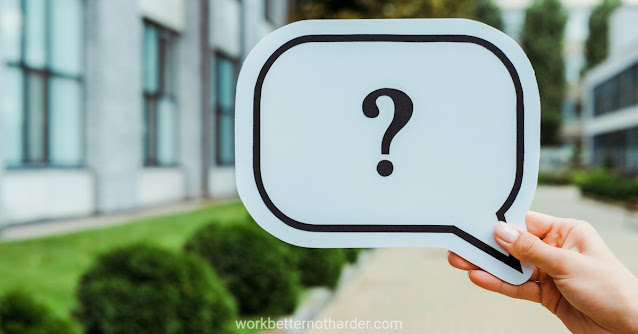When and How to Leave the Details
I'm a big fan of the detailed message, whether it is by phone or email. But, as Mary Jane Copps mentioned in her article The Illusion of the Detailed Message, they aren’t intended to build relationships – they're intended to save time. From a customer service perspective, we want them to save time for the person we're calling. But, of course, they can also be more efficient for us.
These are instances when a detailed phone message is perfect:
- You want to relay ALL of the relevant information so the other person doesn’t need to call you back. This is great for giving someone an update on a work project.
- You want to ask questions which may require some preparation to answer. This gives the other person time to think about or research their responses before calling you back.
- You're replying to a request for information and no discussion is necessary.
Here are some tips for making those detailed messages effective:
- Start your message by saying that details are coming and to grab a pen.
- Include the required information and leave out the fluff.
- Remember, you can think and talk faster than the listener can absorb the information. Repeat details like dates and numbers.
- Check for understanding. Encourage the other person to call you back if your message isn't clear.
- If there are a lot of details, and especially if there are numbers involved, use a detailed email message instead.











Comments
Post a Comment